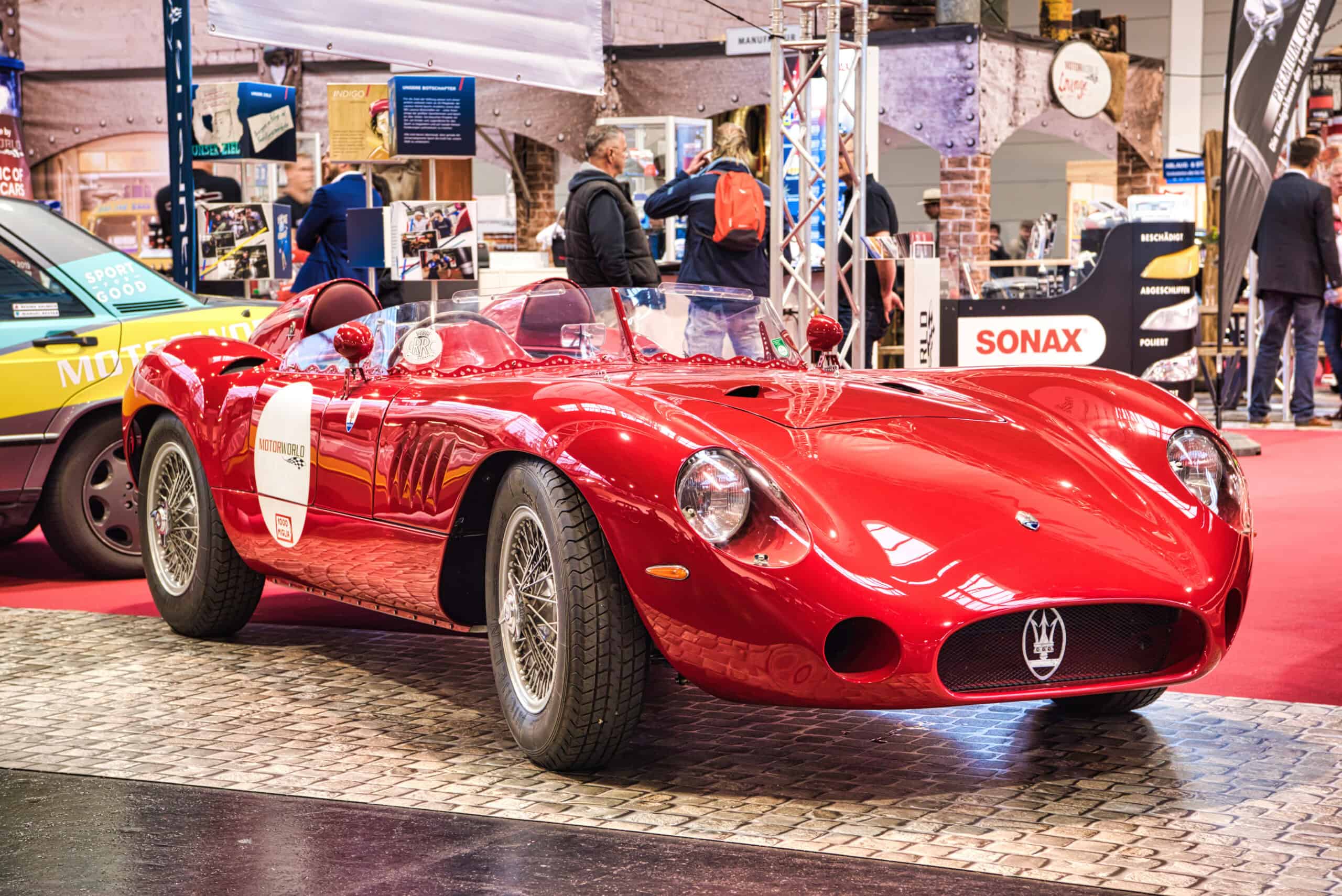When it comes to getting from one place to another, most of us think of cars, buses, trains, and planes. However, around the world, there are many unique and uncommon modes of transportation that offer both practical solutions and memorable experiences. From the historic Suspension Railway in Germany to the colorful Jeepneys of the Philippines, these unconventional methods of travel not only serve their purpose but also provide a fascinating glimpse into local culture and ingenuity. Let’s explore the top 14 uncommon modes of transportation from around the world, each with its own distinct charm and story.
Suspension Railway – Wuppertal, Germany
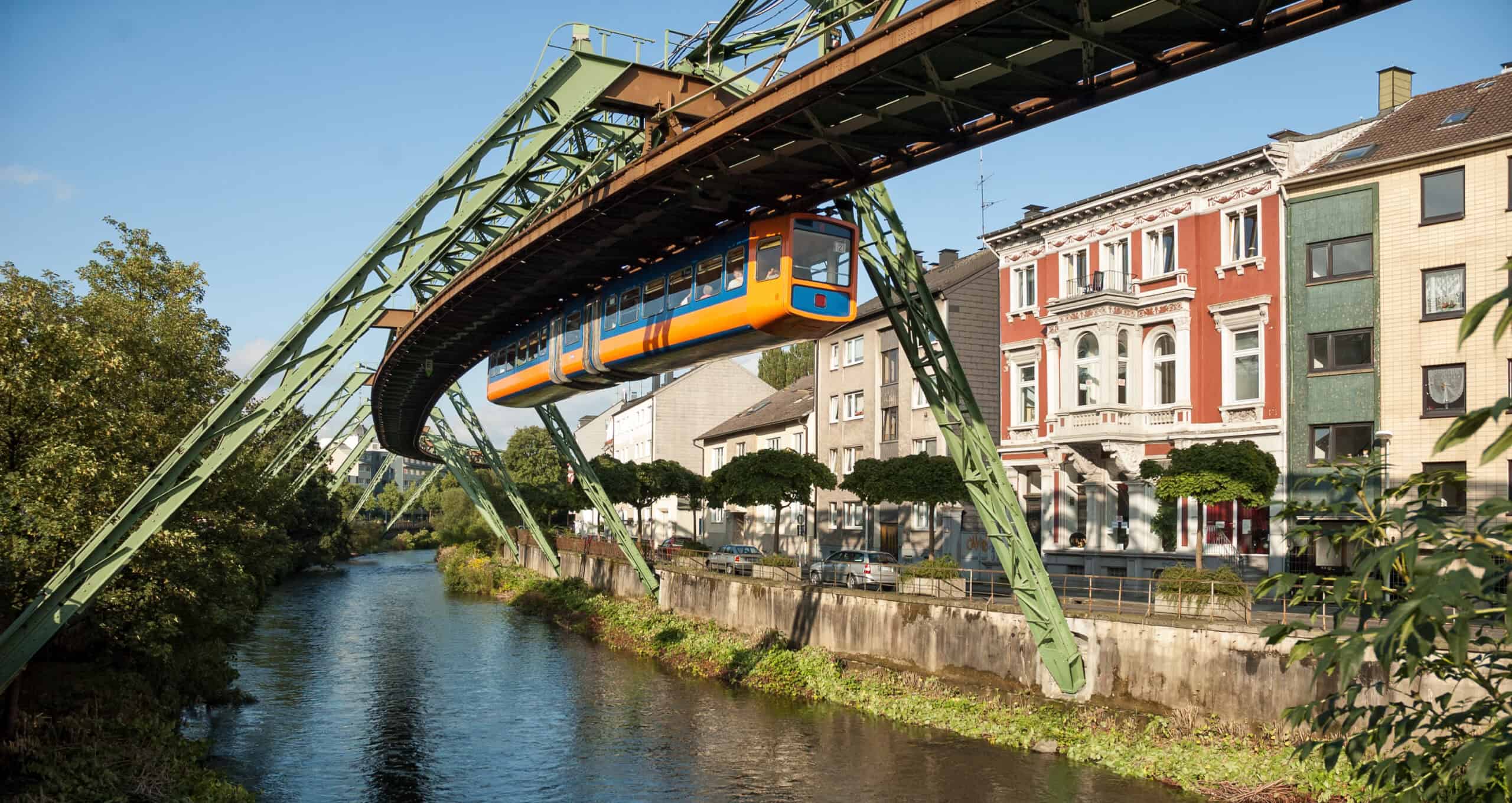
The Wuppertal Suspension Railway, or “Schwebebahn,” is one of the most distinctive public transport systems globally. This elevated monorail has been in continuous operation since 1901, making it one of the oldest of its kind. The railway is suspended about 12 meters above the Wupper River and city streets, giving passengers a unique aerial view of Wuppertal. Stretching over 13 kilometers with 20 stations, it seamlessly integrates into the city’s transport network, showcasing engineering prowess and innovative urban design. The suspension railway is particularly notable for its minimal footprint on ground space, effectively reducing congestion and blending practicality with historical charm.
Coco Taxi – Havana, Cuba
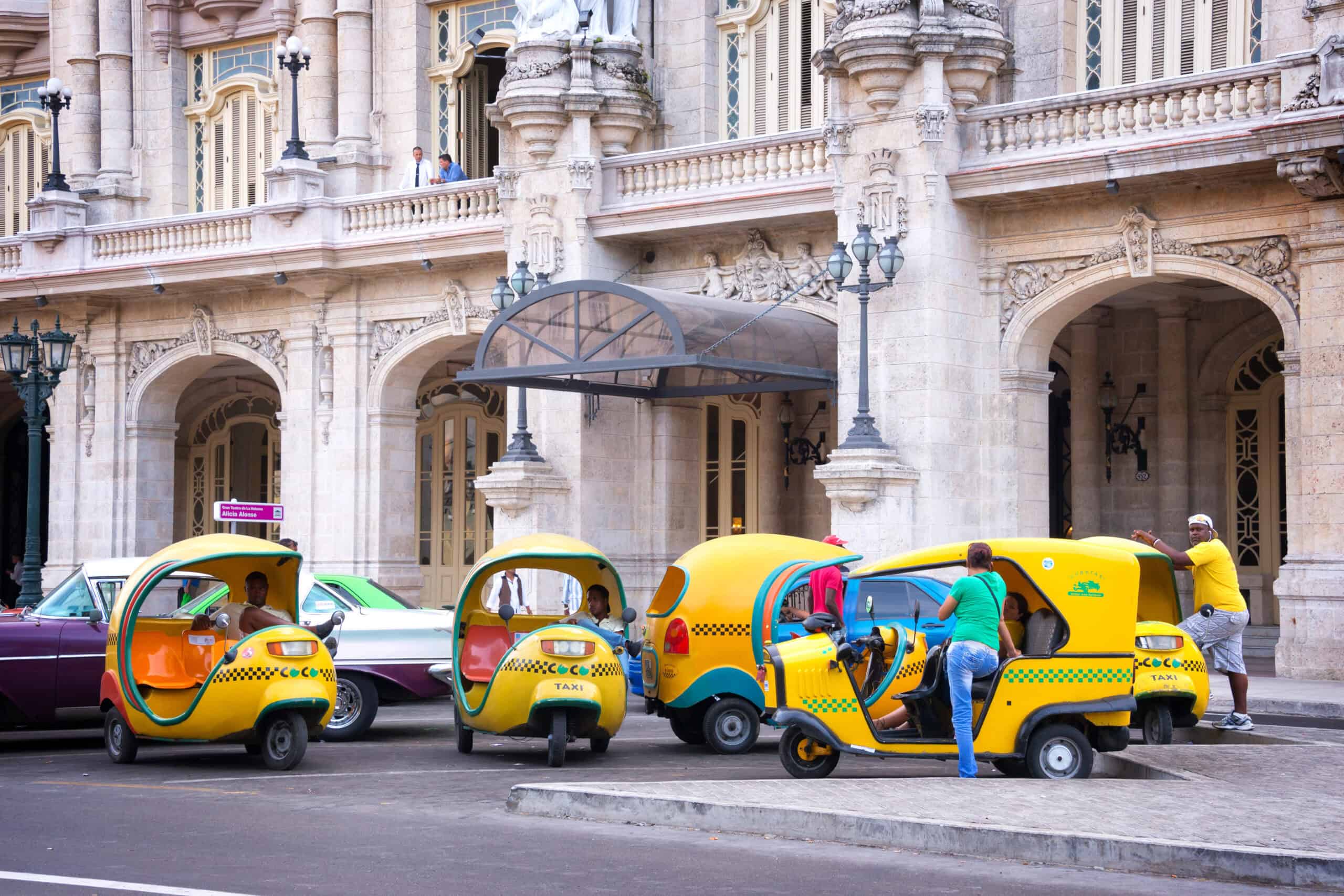
The Coco Taxi is an iconic part of Havana’s streetscape, instantly recognizable by its bright yellow, coconut-shaped body. These three-wheeled vehicles are primarily aimed at tourists, offering a fun and quirky way to explore the city. Powered by a small motorcycle engine, Coco Taxis can navigate Havana’s narrow streets and bustling traffic with ease. The open-air design provides passengers with a breezy ride, enhancing the experience of the city’s vibrant atmosphere. Despite their lighthearted appearance, Coco Taxis are a practical solution for short-distance travel, making them a beloved and enduring feature of Cuban transport.
Monte Toboggan – Madeira, Portugal
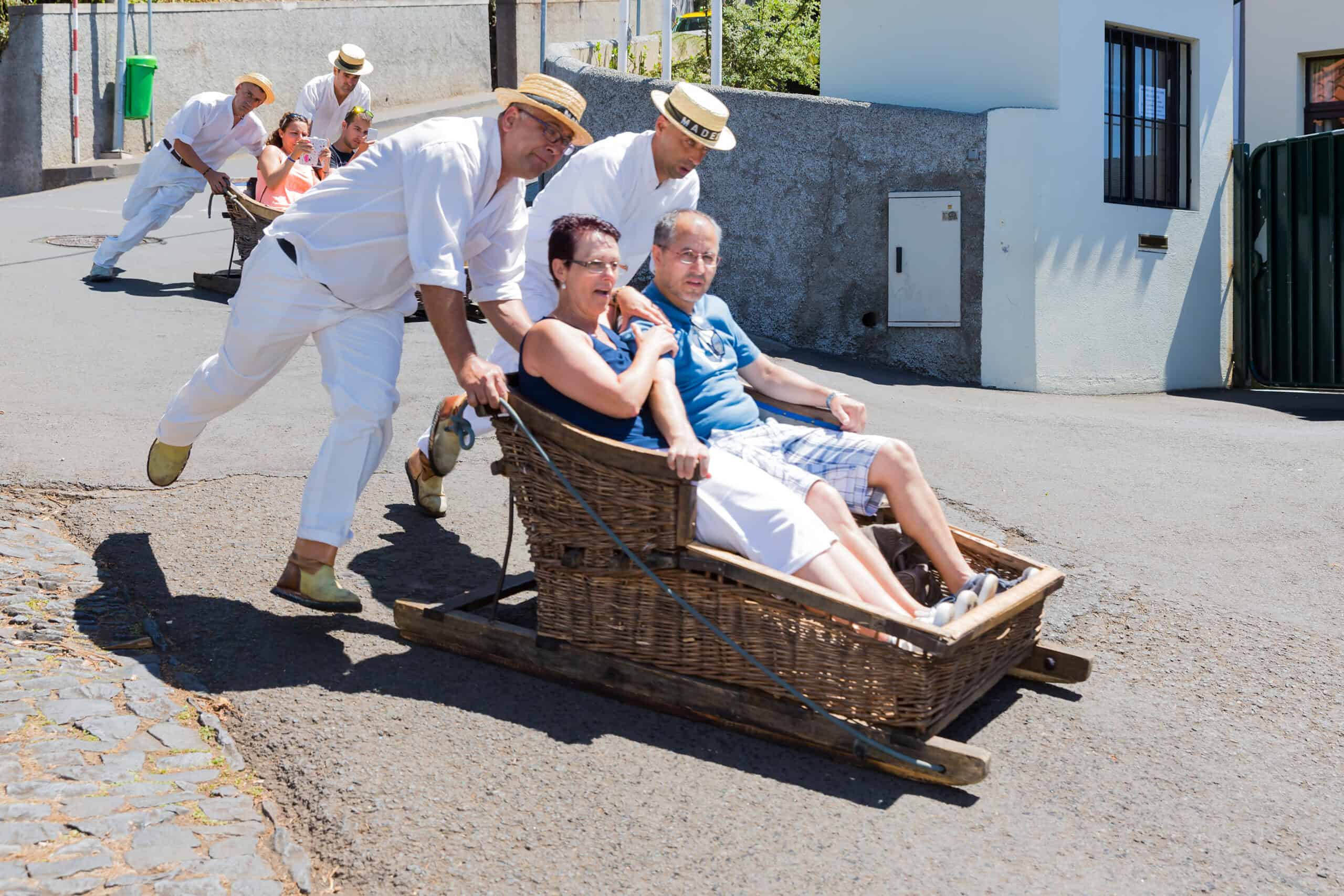
The Monte Toboggan in Madeira offers a unique blend of tradition and thrill. Originally used in the 19th century as a fast means of transport from Monte to Funchal, these wicker sleds are now a popular tourist attraction. The toboggans are guided by two “Carreiros” dressed in traditional white uniforms and straw hats, who skillfully maneuver the sled down narrow, winding streets. The 2-kilometer descent can reach speeds up to 48 kilometers per hour, providing an exhilarating ride. This mode of transportation is steeped in local history and offers a one-of-a-kind experience that connects visitors with Madeira’s cultural heritage.
Bamboo Train – Battambang, Cambodia
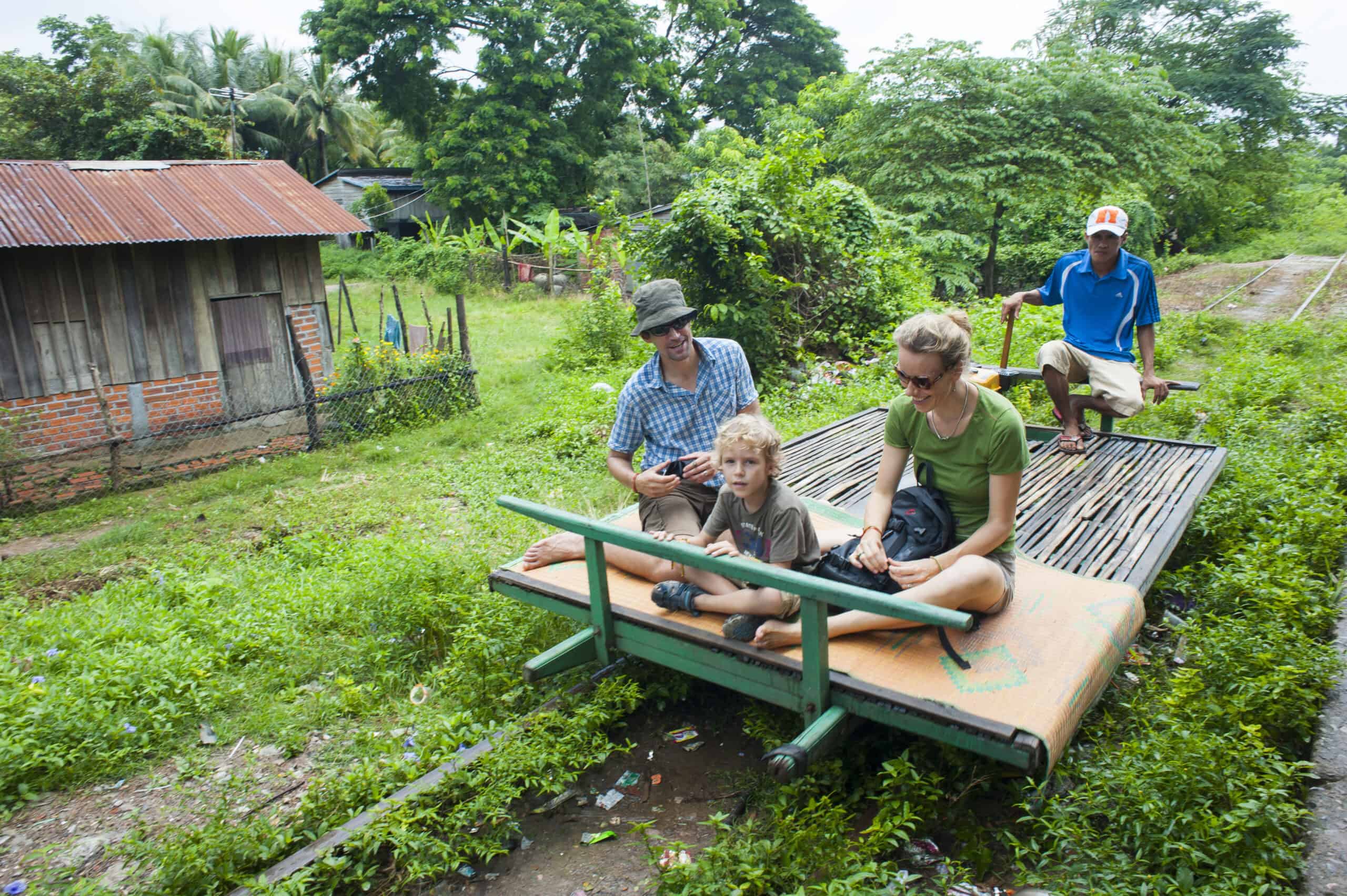
The Bamboo Train, or “Norry,” in Battambang is a prime example of Cambodian ingenuity and resourcefulness. This makeshift rail vehicle consists of a bamboo platform mounted on railway wheels, powered by a small gasoline engine. The Bamboo Train runs on Cambodia’s old, poorly maintained rail tracks, making it a bumpy yet exhilarating ride. Capable of speeds up to 50 kilometers per hour, it offers a unique perspective on the rural Cambodian landscape. Passengers sit directly on the bamboo platform, often sharing space with goods being transported, highlighting its dual role in both passenger and freight transport.
Maglev – Shanghai, China

The Shanghai Maglev is the world’s fastest commercially operating train, reaching speeds of up to 431 kilometers per hour. This magnetic levitation train uses powerful electromagnets to lift and propel the train above the track, eliminating friction and allowing for such high speeds. Connecting Shanghai Pudong International Airport with the city’s outskirts, the Maglev covers the 30-kilometer distance in just 7 minutes. This futuristic mode of transportation showcases cutting-edge technology and provides a glimpse into the future of high-speed rail travel, setting a benchmark for efficiency and innovation in public transport.
DUKW – London, UK
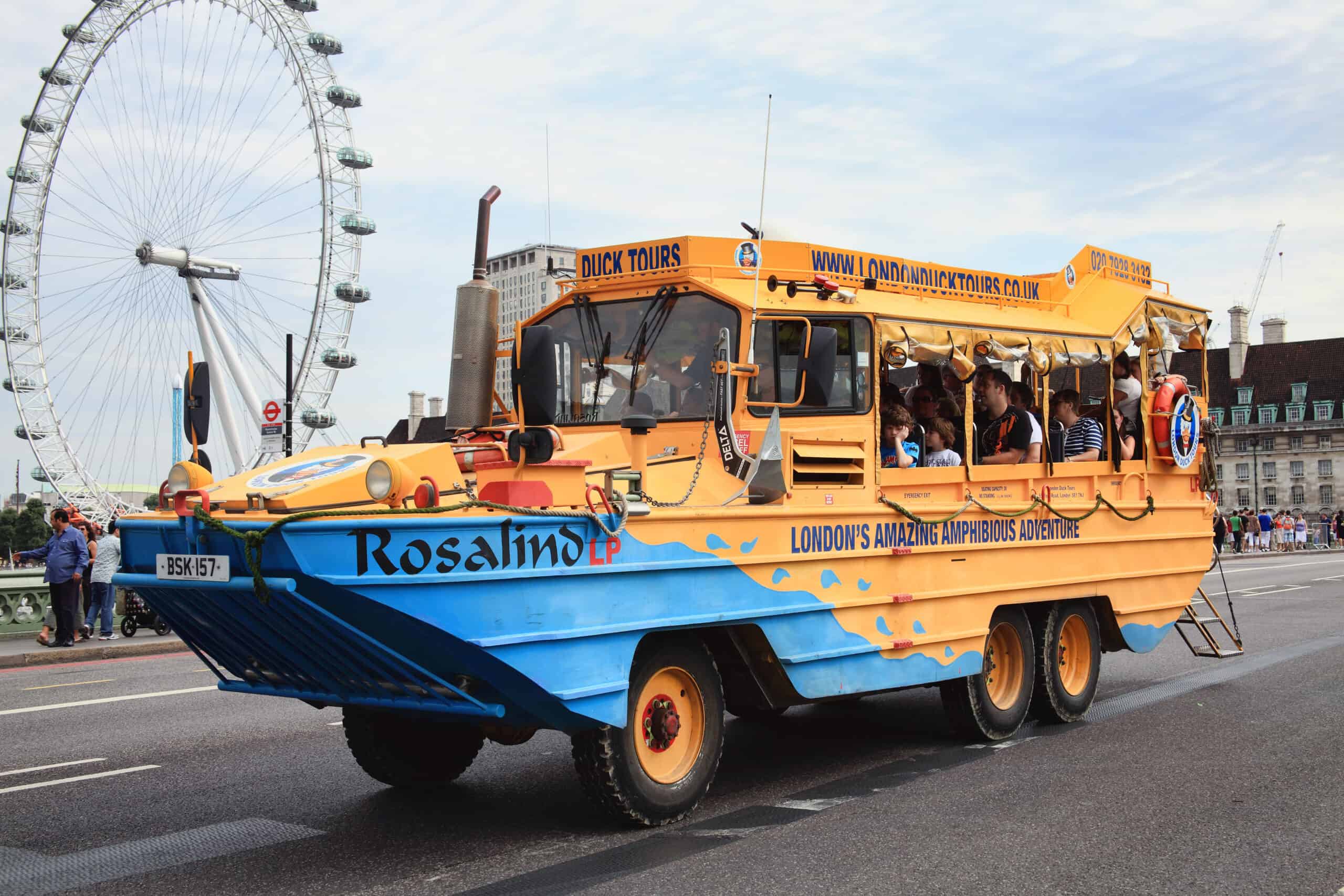
The DUKW, or “Duck,” is an amphibious vehicle originally designed for military use during World War II. In London, these vehicles have been repurposed for tourism, offering unique tours that traverse both land and water. The DUKWs drive through the city streets, showcasing famous landmarks before plunging into the Thames River for a boat tour. This dual capability provides a versatile and entertaining way to see London from multiple perspectives. The DUKW tours highlight the adaptability of these historic vehicles and their continued relevance in modern tourism.
Dog Sleds – Alaska, USA

Dog sledding is an iconic mode of transportation in Alaska, deeply rooted in the region’s history and culture. Originally used by indigenous peoples and early settlers for travel and hauling goods across snowy terrain, dog sledding has evolved into both a sport and a tourist attraction. Teams of huskies pull sleds across vast, snowy landscapes, guided by a “musher” who commands the dogs. This traditional method offers an authentic and immersive way to experience Alaska’s wilderness. Dog sledding tours often include interactions with the dogs and insights into the training and care of the sled teams, connecting visitors with a crucial aspect of Alaskan heritage.
Gondola – Venice, Italy

The gondola is synonymous with Venice, providing a romantic and leisurely way to navigate the city’s intricate network of canals. These traditional flat-bottomed boats are expertly maneuvered by a gondolier using a single oar. Each gondola is crafted by hand and meticulously maintained, showcasing the artistry and craftsmanship of Venetian boat builders. Gondola rides offer a serene and intimate exploration of Venice, gliding past historic buildings and under charming bridges. This unique mode of transport is integral to the city’s identity, offering an authentic glimpse into Venetian life and history.
Barco de Totora – Lake Titicaca, Peru
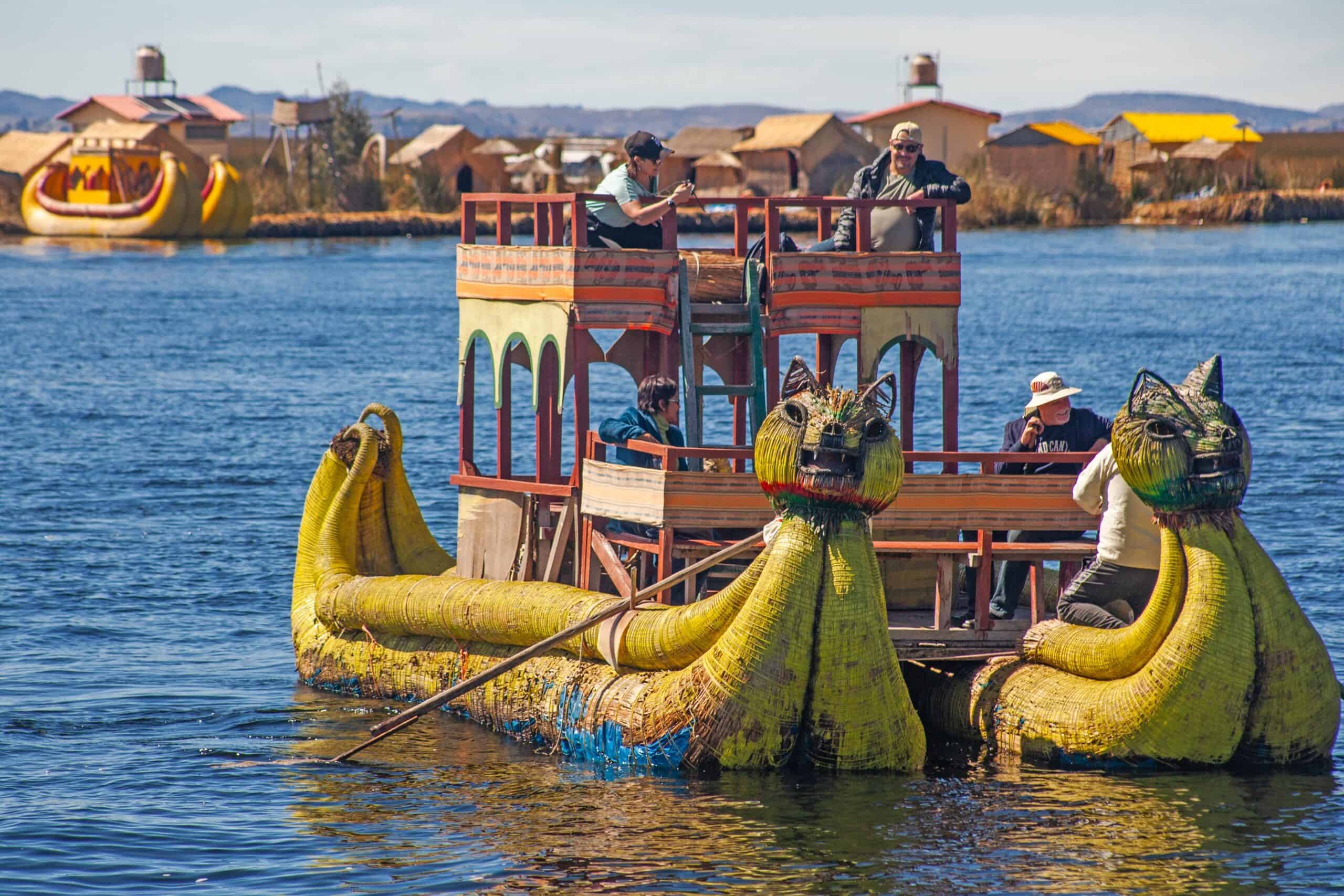
The Barco de Totora, or reed boat, is a traditional mode of transportation used by the indigenous Uros people on Lake Titicaca. These boats are constructed entirely from totora reeds, which grow abundantly in the lake. The reeds are harvested, dried, and skillfully woven into buoyant boats that can navigate the lake’s waters. The Barco de Totora is not only a practical means of transport but also a cultural symbol, reflecting the ingenuity and sustainable practices of the Uros. Visitors can experience rides on these unique boats, gaining insights into the traditional way of life and the ecological significance of the reeds.
Underground Funicular – Beyoglu, Turkey
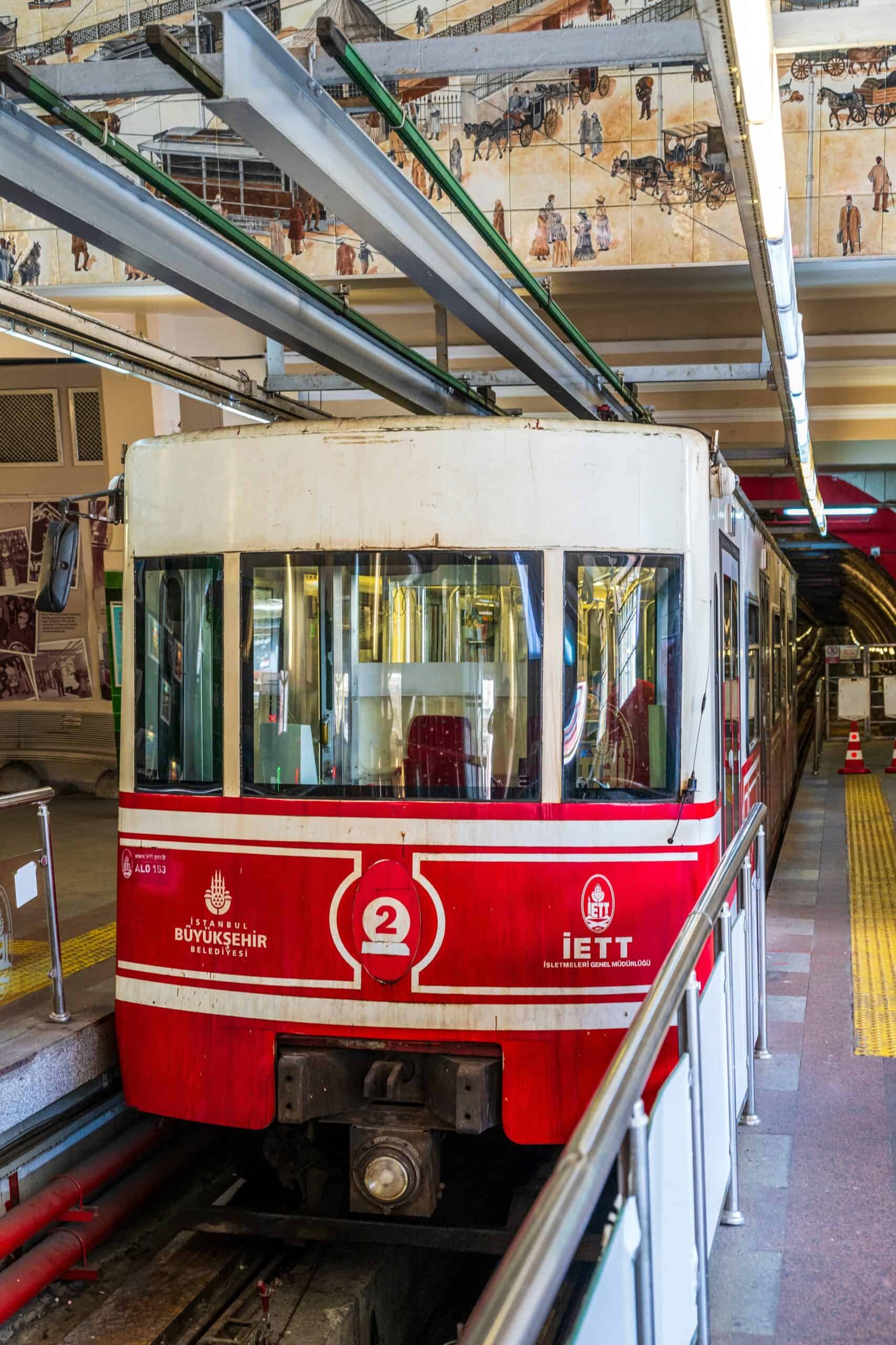
The Tünel in Beyoglu, Istanbul, is one of the world’s oldest underground funicular railways, having opened in 1875. This short but steep railway connects the Karaköy district with the bustling Istiklal Avenue, climbing 60 meters in elevation over a distance of 573 meters. The Tünel’s historic carriages and the atmospheric tunnel provide a unique journey through time. Despite its age, the funicular remains an essential part of Istanbul’s public transport system, efficiently bridging a significant vertical gap and offering a glimpse into the city’s transport heritage.
Reindeer Sled – Lapland, Finland
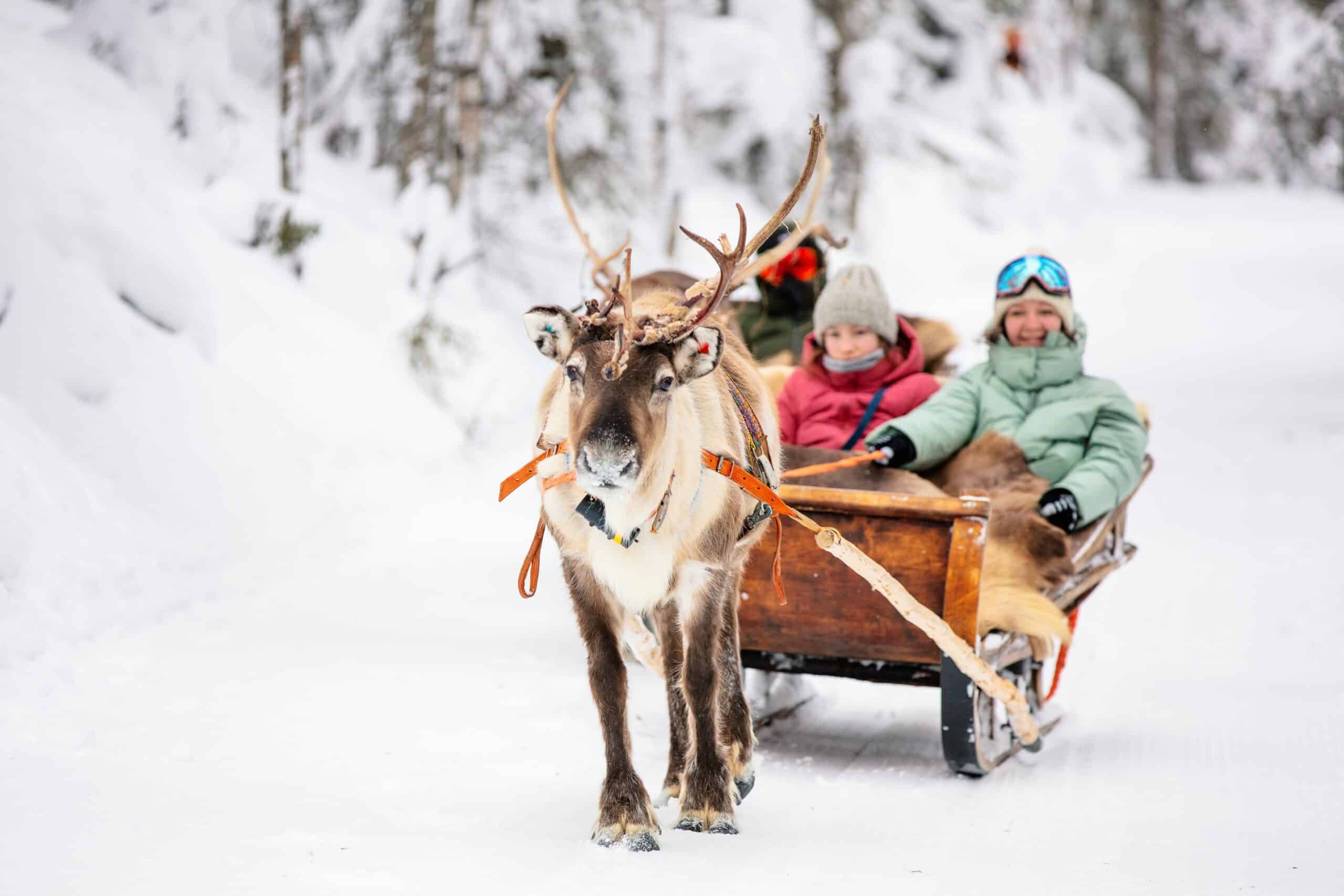
In the snowy expanse of Lapland, reindeer sledding offers an authentic Arctic experience. This traditional mode of transport has been used by the indigenous Sami people for centuries, essential for navigating the winter landscape. Reindeer, harnessed to wooden sleds, pull passengers through pristine snow-covered forests and across frozen lakes. Reindeer sledding tours often include cultural elements, such as learning about Sami traditions, reindeer husbandry, and the ecological significance of the region. This immersive experience connects visitors with the heritage and natural beauty of Lapland, providing a serene and magical journey.
Felucca Boats – Egypt
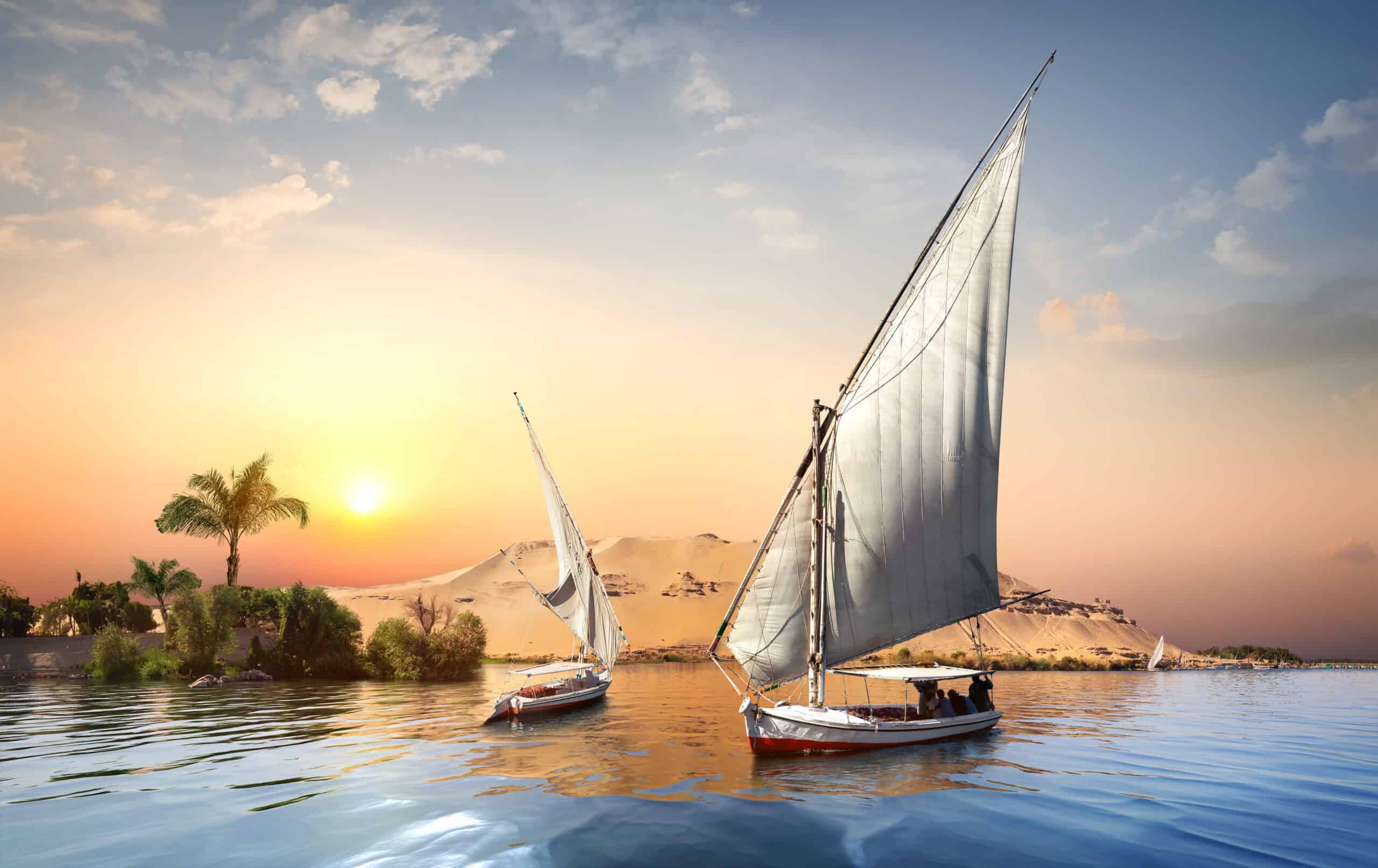
The Felucca is a traditional wooden sailboat used on the Nile River, offering a timeless way to experience Egypt’s iconic waterway. These boats have been in use since ancient times, characterized by their distinctive triangular sails and simple yet elegant design. Feluccas rely solely on wind power, providing a quiet and eco-friendly mode of transport. Sailing on a felucca offers a peaceful escape from the hustle and bustle of modern life, allowing passengers to drift along the Nile’s gentle currents while taking in views of the riverbanks dotted with historical landmarks and lush vegetation. This ancient method of sailing connects travelers with the enduring legacy of the Nile.
Cyclos – Hanoi, Vietnam
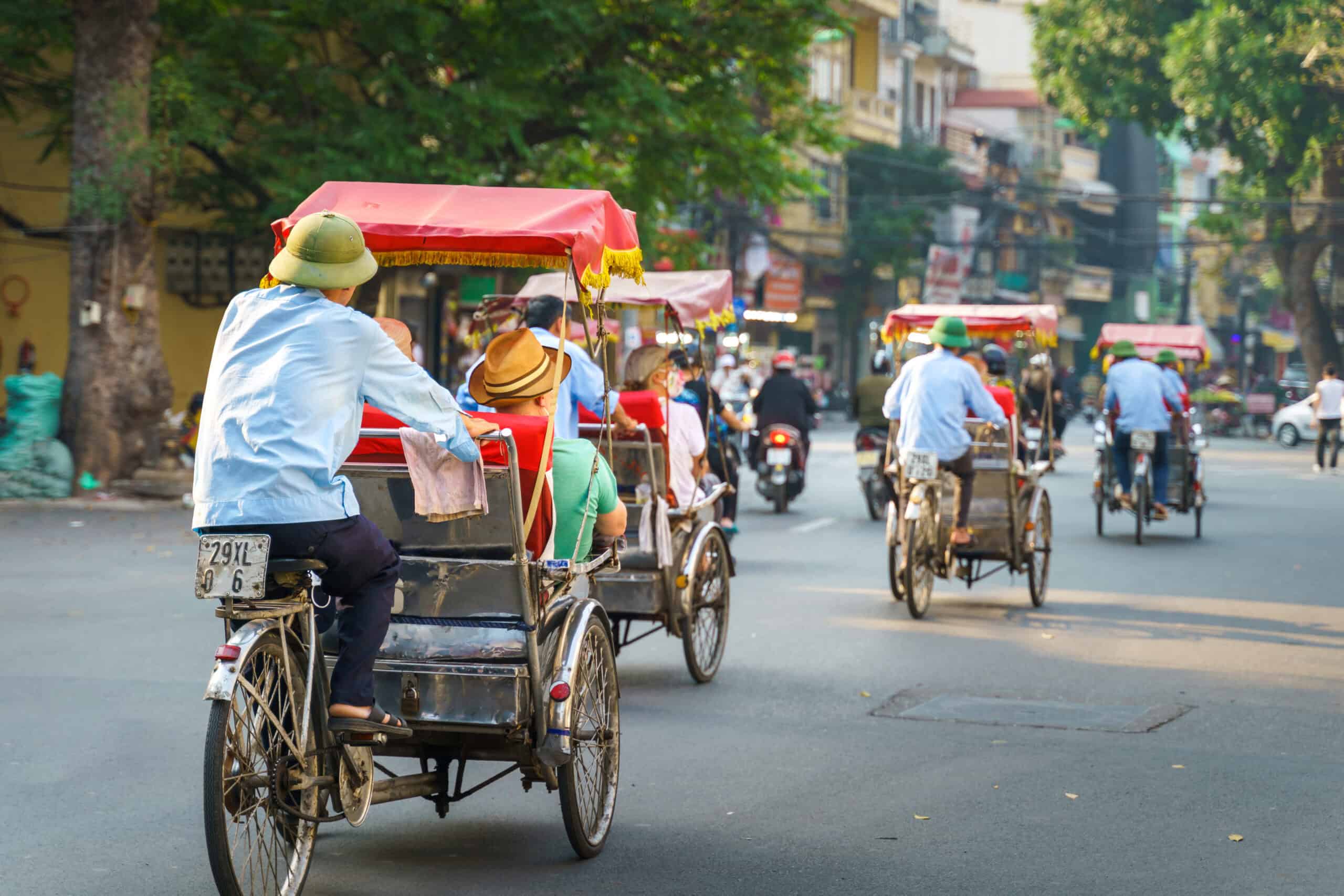
Cyclos, or cycle rickshaws, are a common sight in Hanoi, providing an intimate and leisurely way to explore the city’s bustling streets. These human-powered vehicles consist of a passenger carriage mounted on three wheels, pedaled by a driver seated behind. Cyclos offer a slow-paced, immersive experience, ideal for navigating Hanoi’s narrow alleys and busy markets. They allow passengers to observe daily life up close, from street vendors to colonial architecture. Despite the availability of modern transport options, cyclos remain a popular choice for tourists, embodying the charm and history of Hanoi.
Jeepney – Manila, Philippines
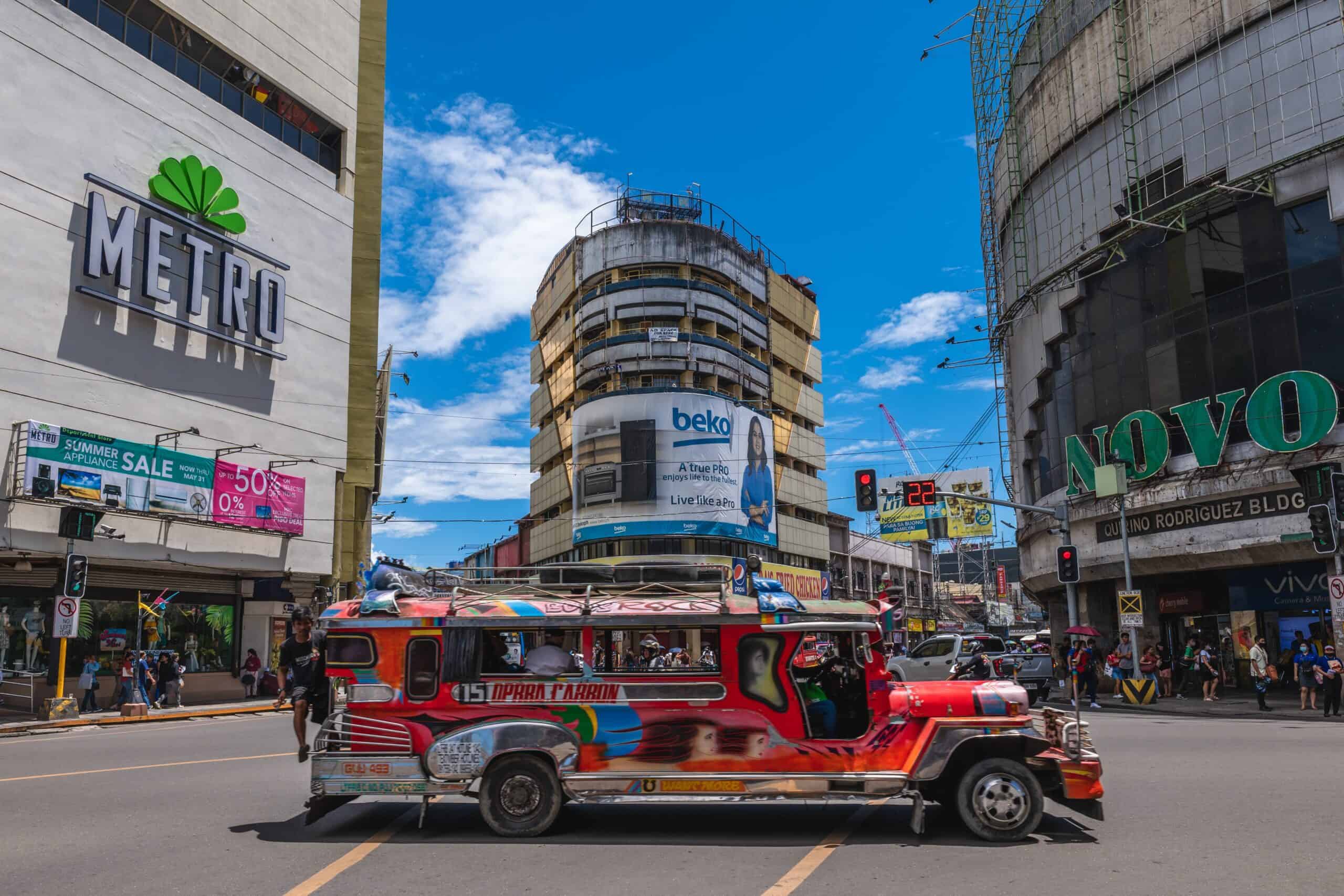
Jeepneys are a vibrant and ubiquitous mode of public transportation in the Philippines, particularly in Manila. Originally made from surplus military jeeps left over from World War II, these vehicles have been adapted and transformed into colorful minibuses. Jeepneys are known for their elaborate decorations, bright colors, and unique designs, often reflecting local culture and artistry. They operate on fixed routes, providing an affordable and accessible means of transport for many Filipinos. Despite their humble origins, jeepneys have become a cultural symbol, representing the resilience and creativity of the Filipino people.
This article originally appeared on Rarest.org.
More from Rarest.org
Maserati has a legacy of creating some of the world’s most coveted cars. These cars aren’t just vehicles; they are symbols of luxury and performance. Read more.
Alpine plants are known for their resilience and beauty. These plants thrive in high-altitude, harsh environments. Read more.
Limited edition tech gadgets captivate enthusiasts and collectors alike. These exclusive devices combine cutting-edge technology with unique designs and features. Read more.

